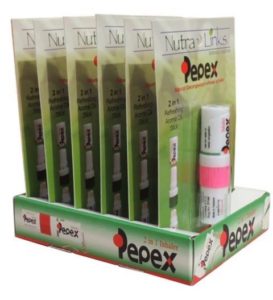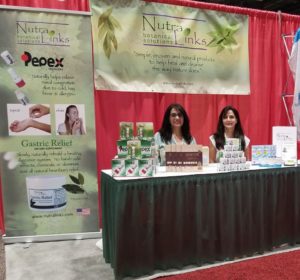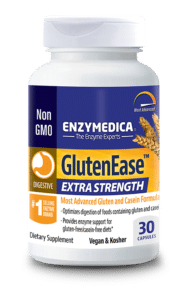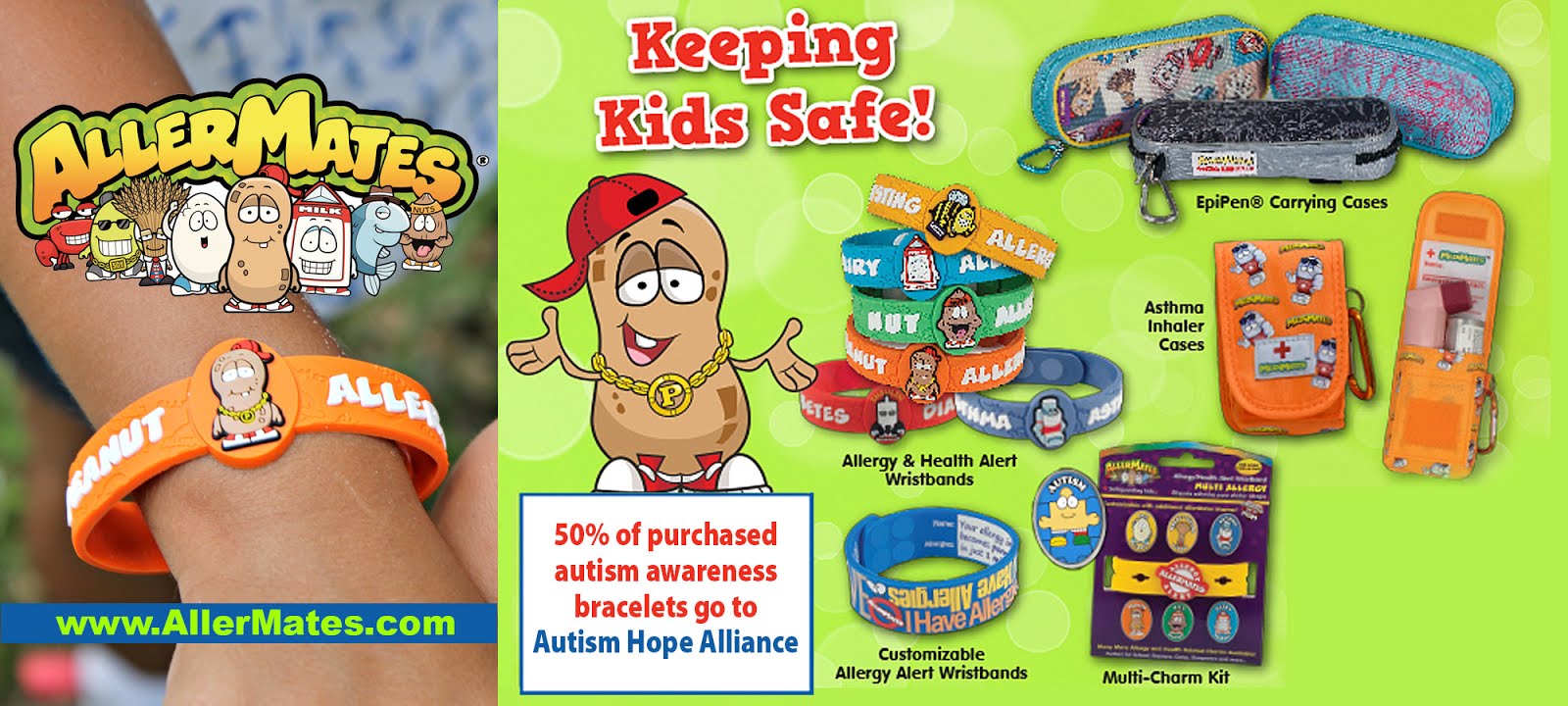We are so excited for today’s Get to Know post! Here at Autism Hope Alliance (AHA), we would not be where we are without the incredible support of our amazing partners. In this series, we will be checking in with some of our partners to bring you their latest news, as well as ask some frequently asked questions.
Today, we are checking in with Mona Hashemian, co-founder of Nutralinks. NutraLinks was founded by Hashemian and Soheyla Filipour. Both pharmacists, these ladies have over fifty years of professional experience between them. NutraLinks strives to provide homeopathic alternatives utilizing active ingredients found in nature rather than drugs manufactured by pharmaceuticals.
Concerned with what they saw as the over usage and abuse of over-the-counter remedies and prescription medicines, the pharmacists were also mothers looking for safe natural products for their children and families to relieve common symptoms of everyday ailments like nasal congestion, a stuffy nose, hay fever, and more.
Today, the mothers travel all over the world seeking safe and natural alternatives that leverage nature’s bounty of botanical solutions already in use elsewhere for centuries. We are so honored to count them among our AHA supporters!
Get to Know: Nutralinks
AHA: When and how was NutraLinks founded?
Mona: Nutralinks was founded by myself and my partner, Soheyla. We’re both pharmacists as well as mothers. After working as pharmacists for many years, we decided to establish our own business about three years ago.
As mothers we always looked for natural remedies to treat our children’s illnesses, whether being congestion, seasonal allergies, sinusitis, fever or stomach aches. As pharmacists we knew that most of the over the counter medications not only don’t work for kids but also have bad side effects. My older son was suffering from sinusitis starting at 2 and he was put on one antibiotic after the other. That is when I came across Pepex, which helped to open up his nasal passages, therefore no more congestion and no more infection as a result no more antibiotics.
AHA: On your website you state that NutraLinks believes in leading a healthy lifestyle for one’s best life. We do, too! What does an ideal lifestyle look like to you?
Mona: An ideal life style is the natural life style, the one that our ancestors lived by. A life without added hormones, antibiotics, trans fat and processed food. Our ancestors survived by utilizing what nature offered, and we like to follow suit. Eat healthy, walk and meditate.

AHA: It’s been a devastating flu season. Which products can our community turn to from NutraLinks for extra immune support?
Mona: To fight the symptoms of flu, we definitely recommend Pepex. Pepex helps relieve the symptoms of congestion, headache, runny and stuffy nose. Pepex is an ideal remedy for children 2 years and older. It has no side effects, and it is also great for people who suffer from blood pressure and heart issues.
AHA: We love your relief patches. What can you tell us about your Fever Cooling patch?
Mona: If your little ones suffer from fever , we also recommend our Fever Cooling patch. It contains all natural ingredients, needs no refrigeration, no side effects and each patch lasts about 8 hours.
AHA: For kiddos with sensitive tummies, does NutraLinks have anything for gastric issues?
Mona: We have a product called Gastric Relief to help people who suffer from gastric ulcers, gastritis, and H.Pylori recommended for ages 12 years old and older. Again, being all natural, it gets to the root of the problem, and not just a quick relief. All natural and no harsh side effects.
Children 6 -12 years old can take this powder with their parents supervision, and sprinkle the powder in applesauce or plain white yogurt.

L to R: Nutralinks founders, Soheyla Filipour and Mona Hashemian.
Visit Nutralinks web-site as well as on Instagram, Twitter and Facebook!
The post Get to Know Nutralinks appeared first on Autism Hope Alliance.
from Autism Hope Alliance http://ift.tt/2oCoi5I
via Autism Hope Alliance #autism #autismdiet







